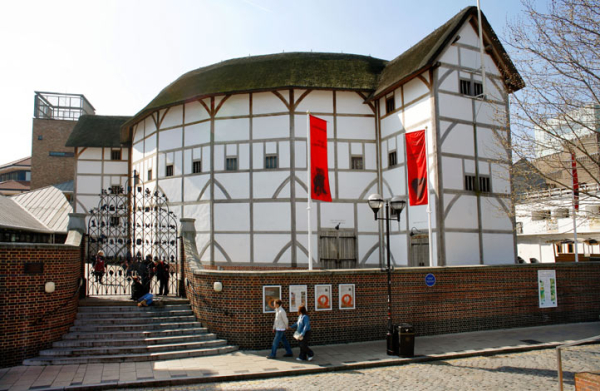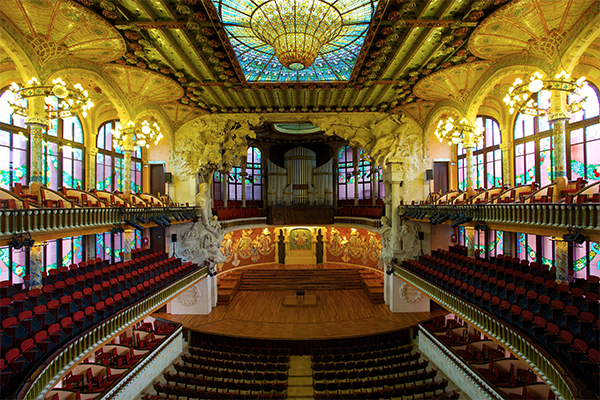10 of the most beautiful theatres in the world
We take a look at some of the most visually stunning performance venues in the universe

Below we take a look at a selection of the venues that we believe you should add to your bucket list.
Minack Theatre, Cornwall, England

The Minack in Porthcurno, Cornwall was the brainchild of Rowena Cade, who built the theatre at the end of her garden for a group of local players. Ninety years on the theatre is a major visitor attraction and runs a full programme of live performance including music, drama, opera and children's theatre.
The Seebühne, Lake Constance, Austria

Picture source: amazingworldonline.com
The Seebühne, or floating stage, is on the shores of Lake Constance and has 7,000 seats. It is used as a location for large-scale opera or musical performances during the Bregenz Festival. The venue features in the 2008 James Bond film Quantum of Solace.
The Winter Garden, Toronto, Canada

Picture source: The Winter Garden
Built in 1913, the Winter Garden, at seven storeys above the Elgin Theatre in Toronto, is the world's last operating double-decker theatre.
Odeon of Herodes Atticus, Athens, Greece

Picture source: Paul Williams
Completed in 174AD The Odeon of Herodes Atticus – known as the "Herodeon" – is situated on the southern slopes of the Acropolis. Over the 52 years of the Athens Festival, the Herodeon has hosted music, dance and theatre acts.
Shakespeare's Globe, London, England

Picture source: traveleastlondon.com
Founded by the actor and director Sam Wanamaker (Father of Zoe Wanamaker), Shakespeare's Globe is a reconstruction of the Globe Theatre, an Elizabethan playhouse that was originally built in 1599, destroyed by fire in 1613, rebuilt in 1614, and then demolished in 1644. The modern reconstruction opened to the public in 1997, with a production of Henry V.
Tampa Theatre, Florida, USA

Picture source: tampatheatre.org
Designed by architect John Eberson, the Tampa Theatre opened in 1926. The interior resembles a Mediterranean courtyard and ceiling is embedded with 99 lamps to resemble twinkling stars.
Palacio de Bellas Artes, Mexico City, Mexico

Picture source: panoramio.com
The Palacio de Bellas Artes is considered the most important cultural center Mexico. Completed in 1934, the building hosts exhibitions and theatrical performances.
Sydney Opera House, Sydney, Australia

Picture source: Sydney Opera House
The Sydney Opera House was designed by Danish architect Jørn Utzon, and formally opened in 1973. Considered one of the most famous landmarks in the world, the venue comprises multiple performance venues which together host over 1,500 performances each year attended by some 1.2 million people, making it also one of the busiest performing arts centres in the world.
Palau de la Música Catalana, Barcelona, Spain

Designed by the architect Lluís Domènech i Montaner, it was completed in 1908 for the Orfeó Català, a choral society founded in 1891 that was a leading force in the Catalan cultural movement that came to be known as the Renaixença (Catalan Rebirth).
Royal Albert Hall, London, England

© Garry Knight
The Royal Albert Hall was built to fulfil the vision of Prince Albert (Queen Victoria's consort) of a 'Central Hall' that would be used to promote understanding and appreciation of the Arts and Sciences. The Hall is a Grade I Listed building; and has been in continuous use since it was opened in March 1871.












